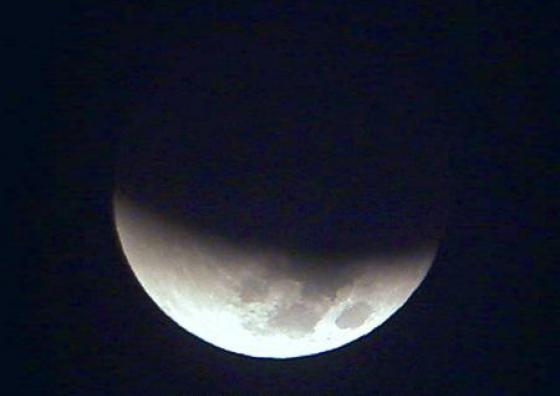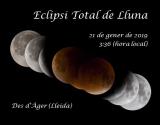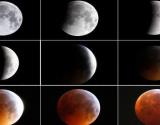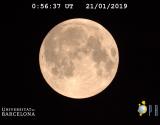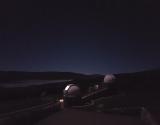Visibility
A total lunar eclipse observable from the Iberian Peninsula took place during the night of May 4. The entire eclipse was visible from eastern Europe, western Asia and most of Africa. Various stages of the eclipse was in progress at moonrise for observers in western Europe, including Iberian Peninsula, and South America. In the other side, the ingress partial phases was in progress at moonset for observers in eastern Asia and Australia. This eclipse could not be observed in North America and North-East of Asia. A very special place was northern Madagascar when the Moon lied in the zenith at the instant of greatest eclipse.
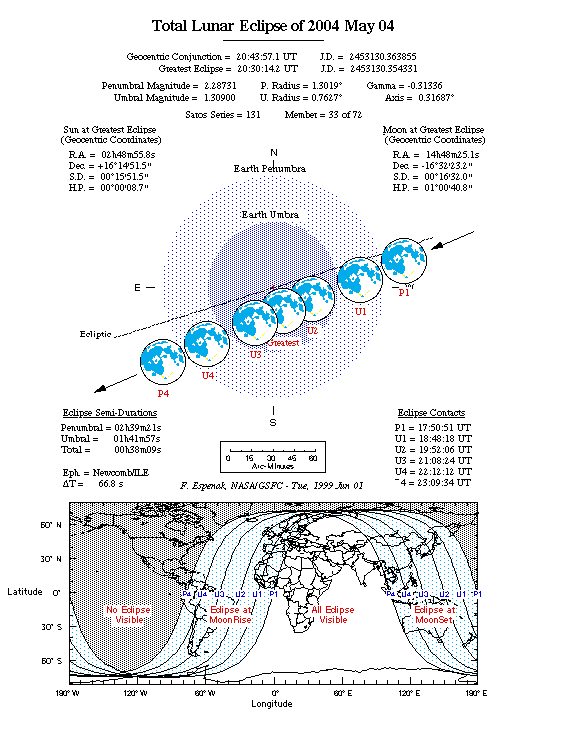
Phases of the eclipse
The first lunar eclipse of the year (the second one will take place next October) started at 17:50 UT on May 4th with the beginning of the penumbral phase. The first umbral contact occurred at 18:48 UT. Totality began at 19:52 UT and lasted until 21:08 UT (third contact). The partial and penumbral phases ended at 22:12 UT and 23:09 UT, respectively.
| Fase | Instant (TU) |
|---|---|
| Penumbral Eclipse Begins | 00:34:59 |
| Partial Eclipse Begins | 01:42:59 |
| Total Eclipse Begins | 03:00:34 |
| Eclipse Maximum | 03:26:05 |
| Total Eclipse Ends | 03:51:32 |
| Partial Eclipse Ends | 05:09:07 |
| Penumbral Eclipse Ends | 06:17:16 |
This was the eclipse num.33 of Saros 131 and it took place in Libra, just 1.5º south of star Zuben Elgenubi (Alpha Librae). Although this eclipse is not central, the total phase have a large duration (76 minutes). This eclipse occurred 1 day before perigee of Moon's orbit so the Moon appeared rather large (33.1 arc-minutes).
